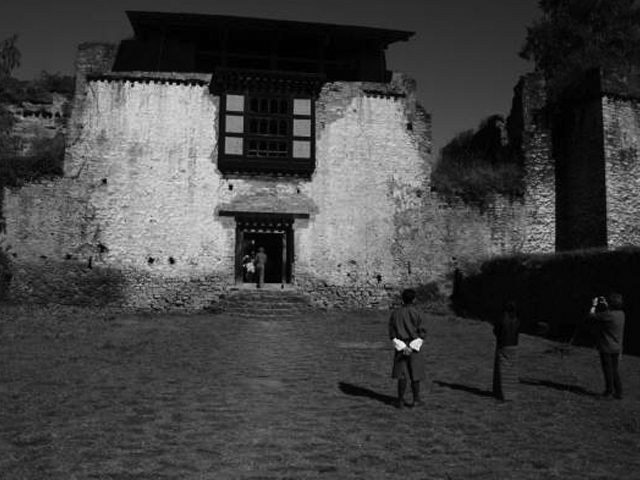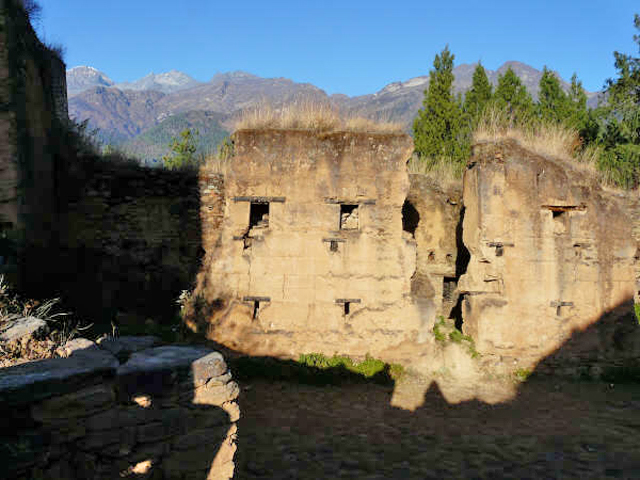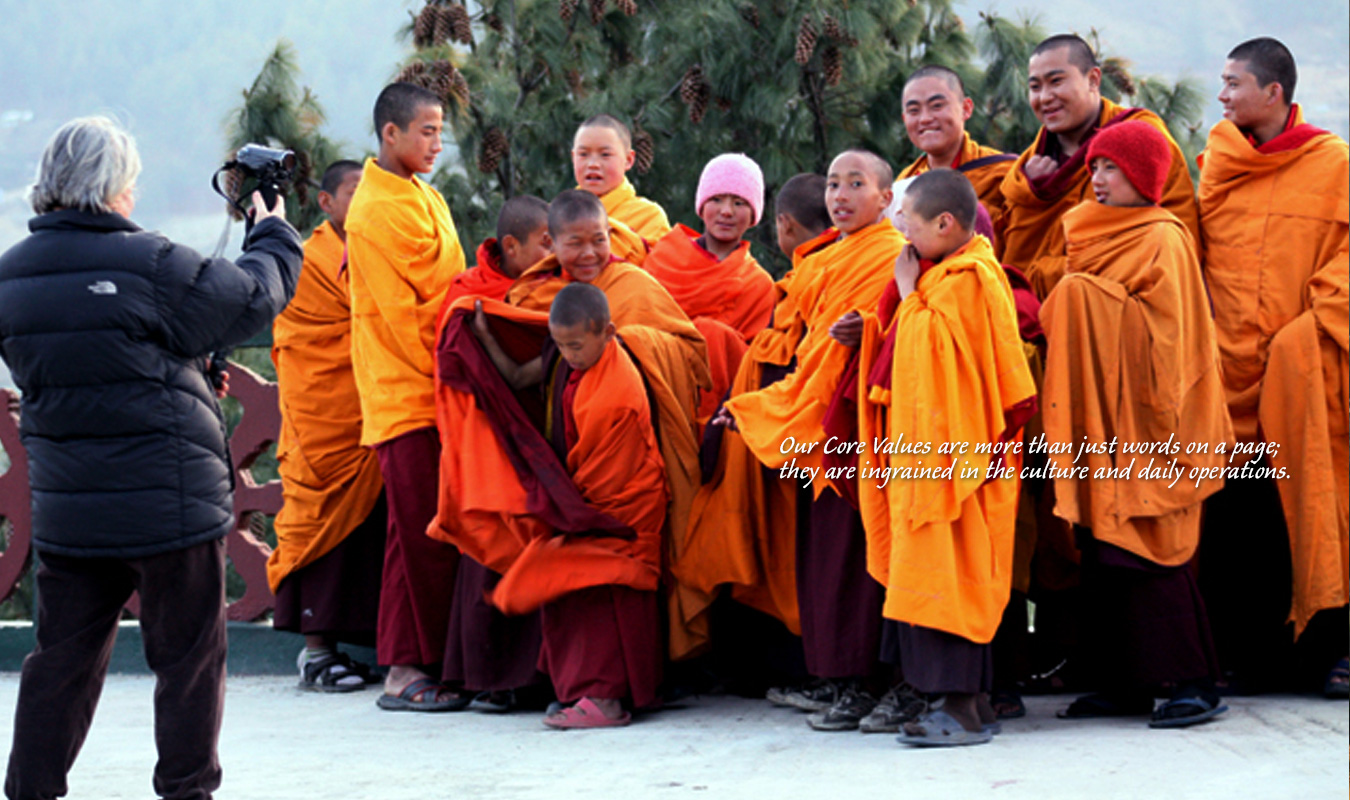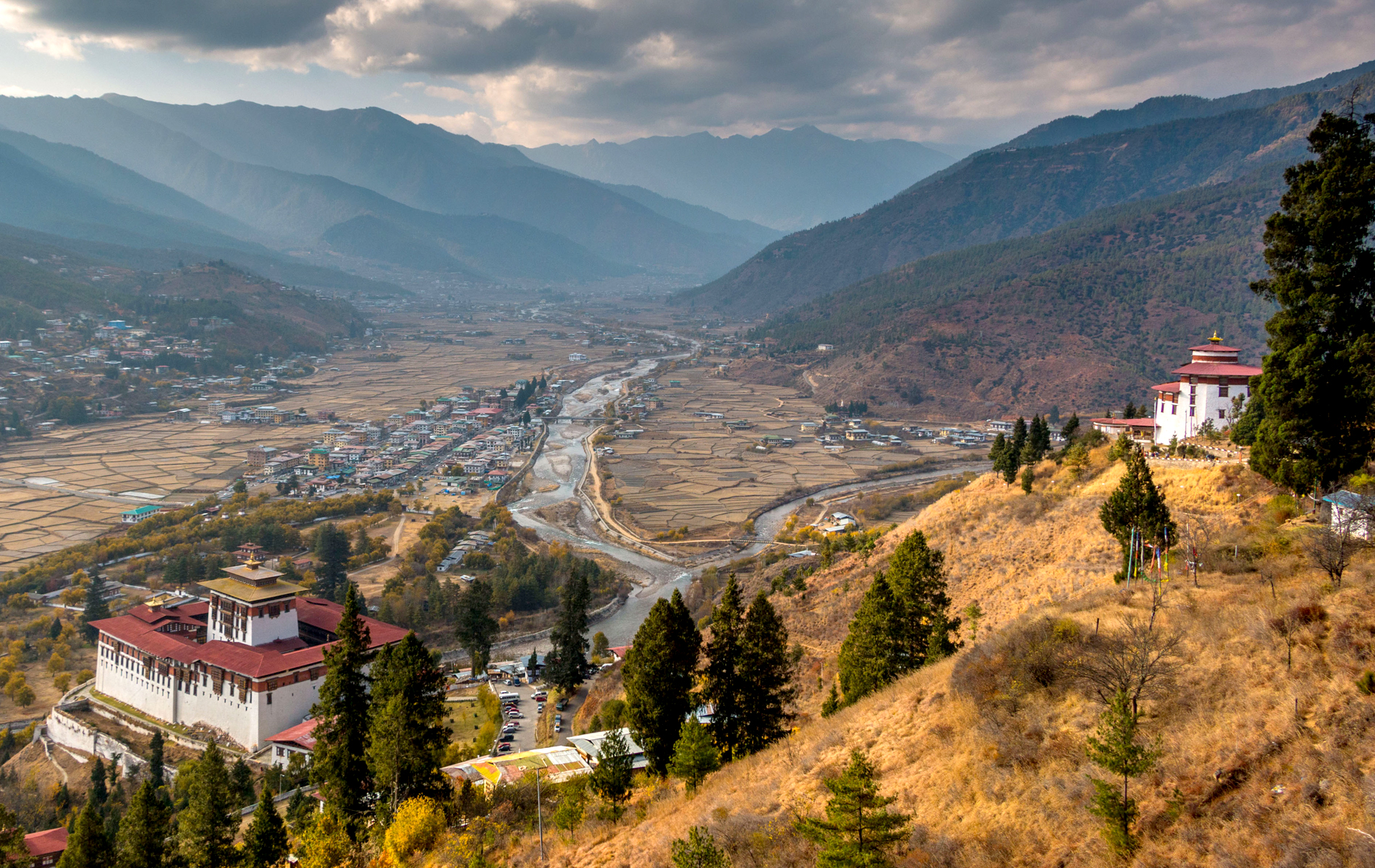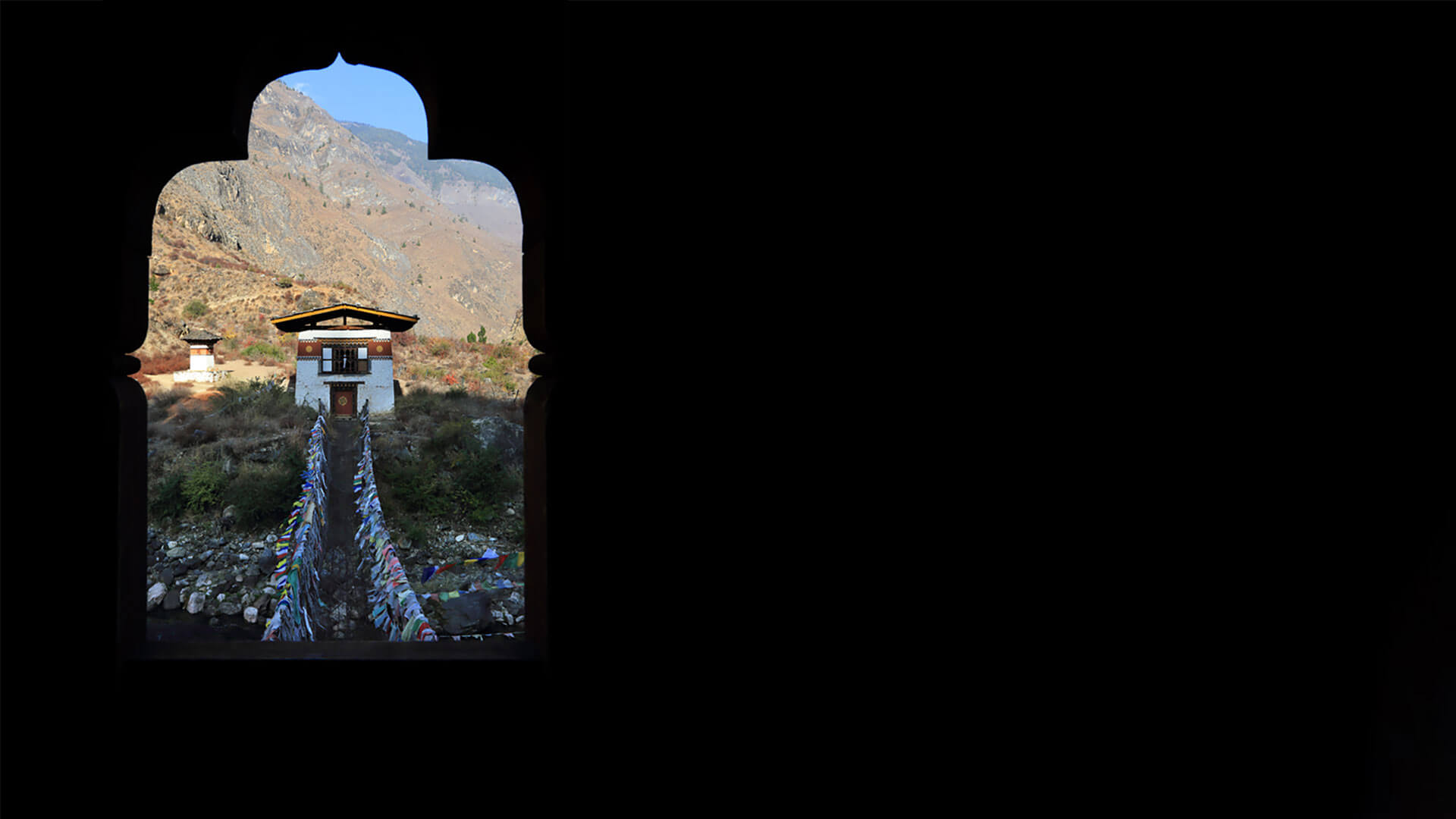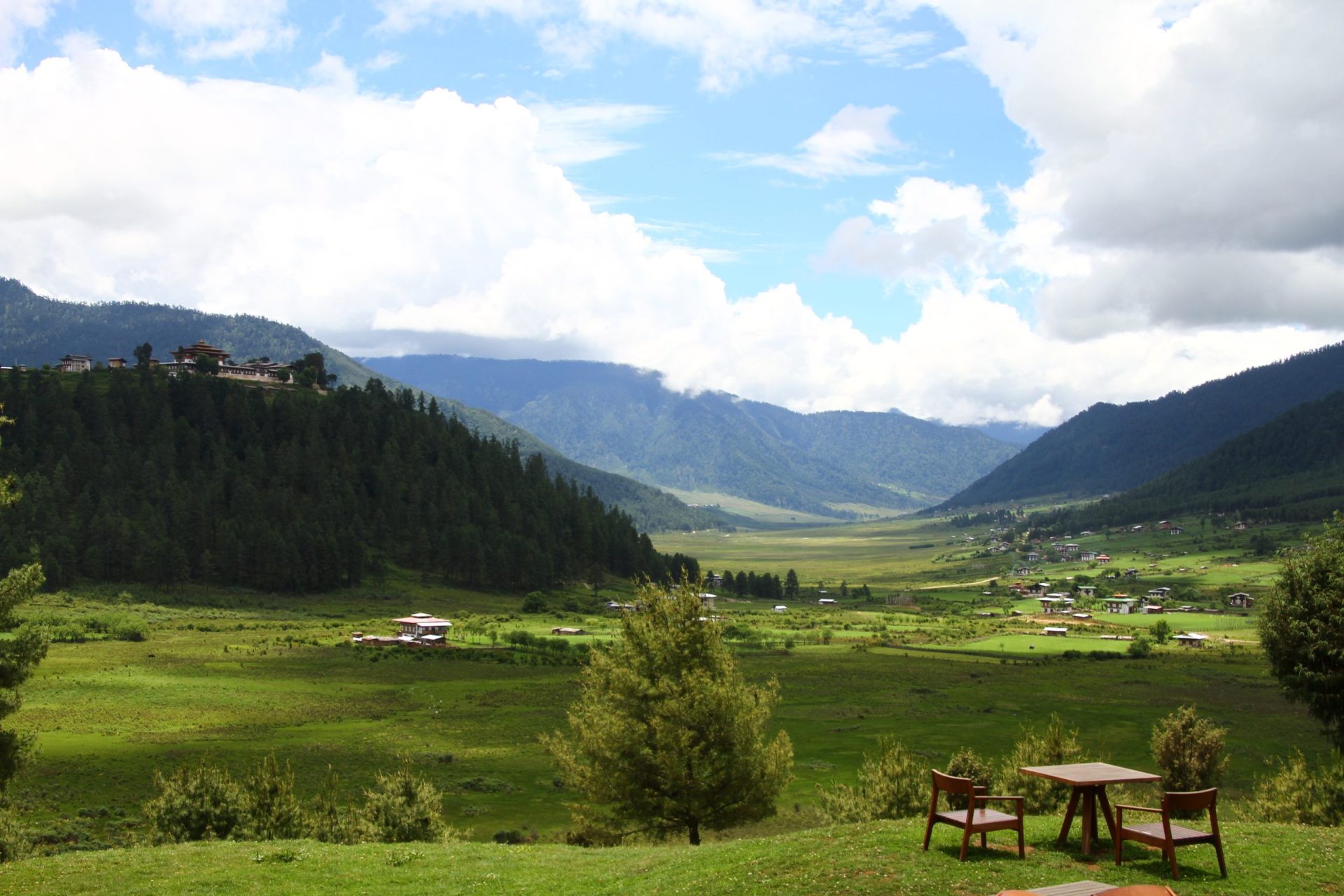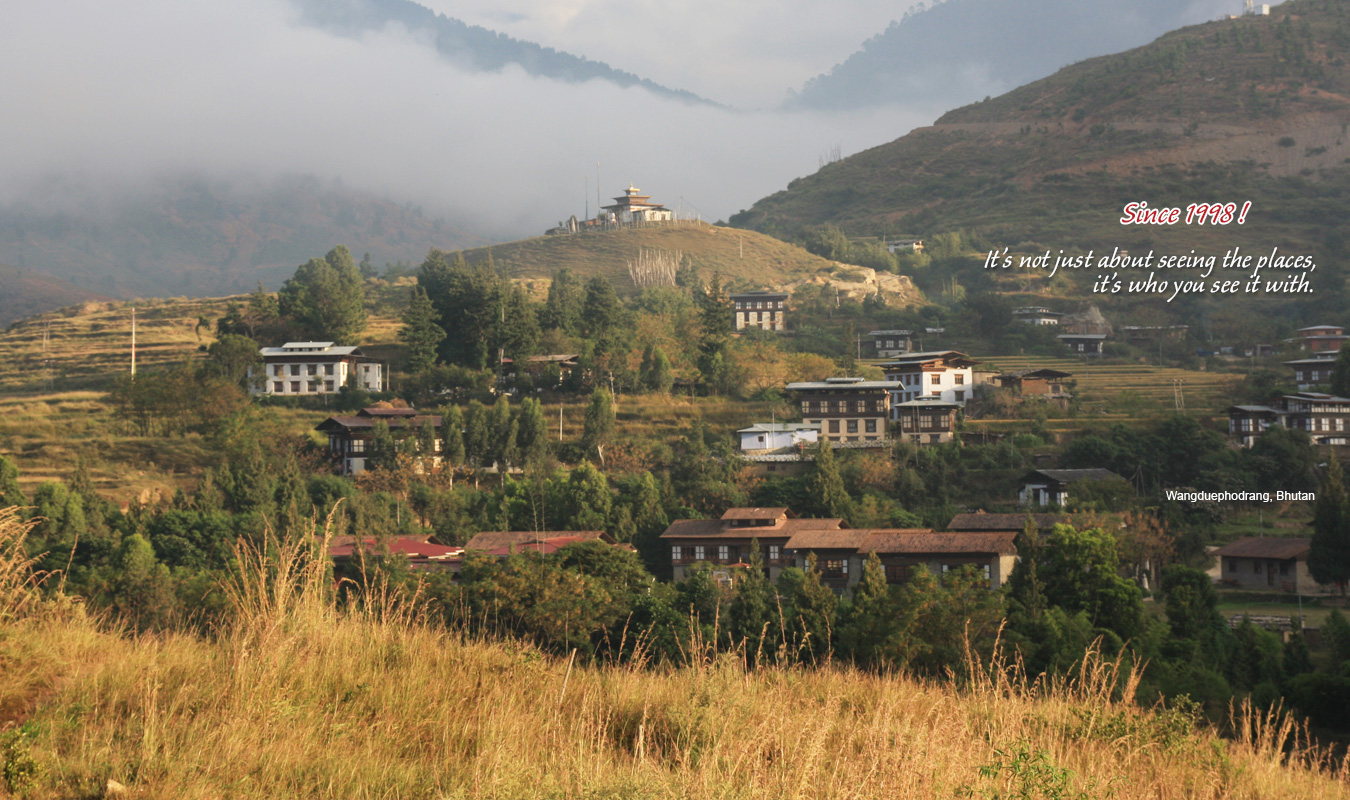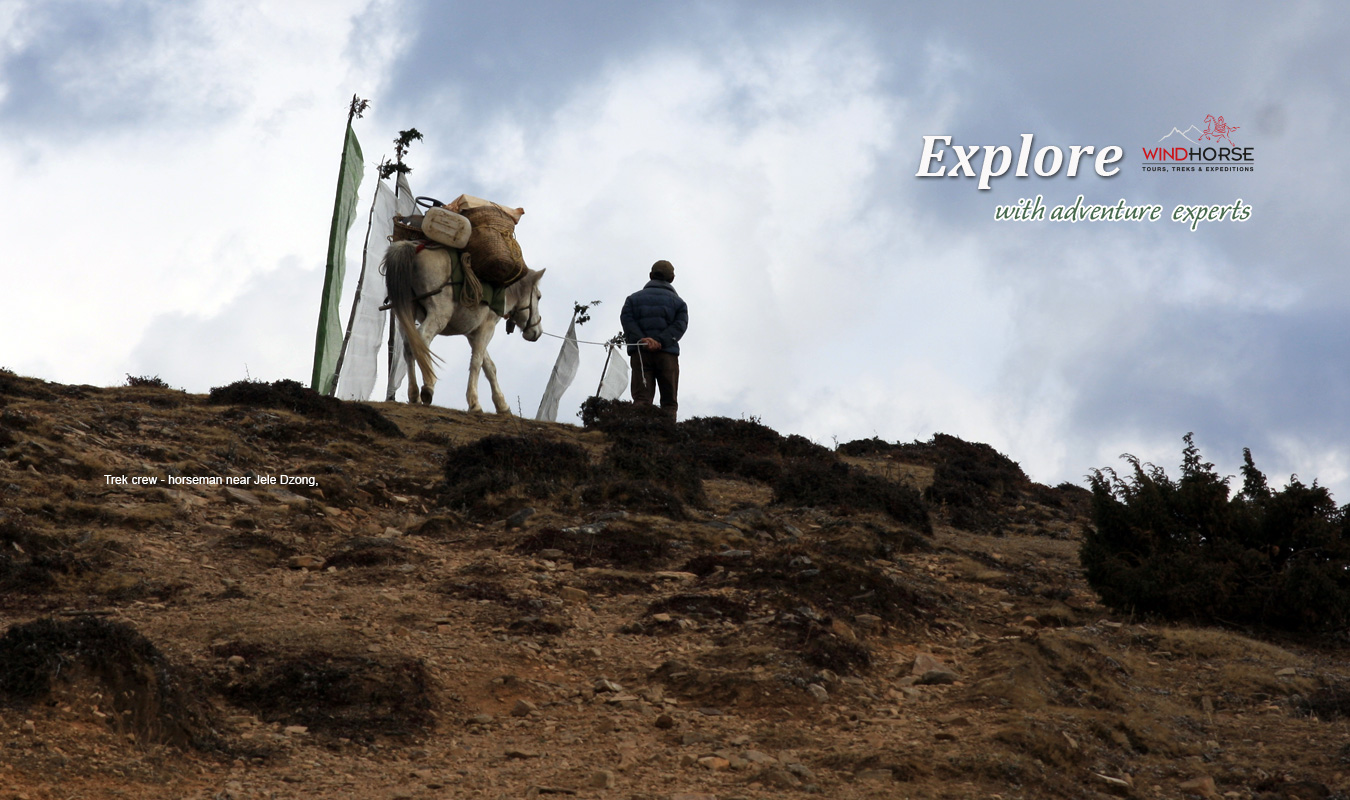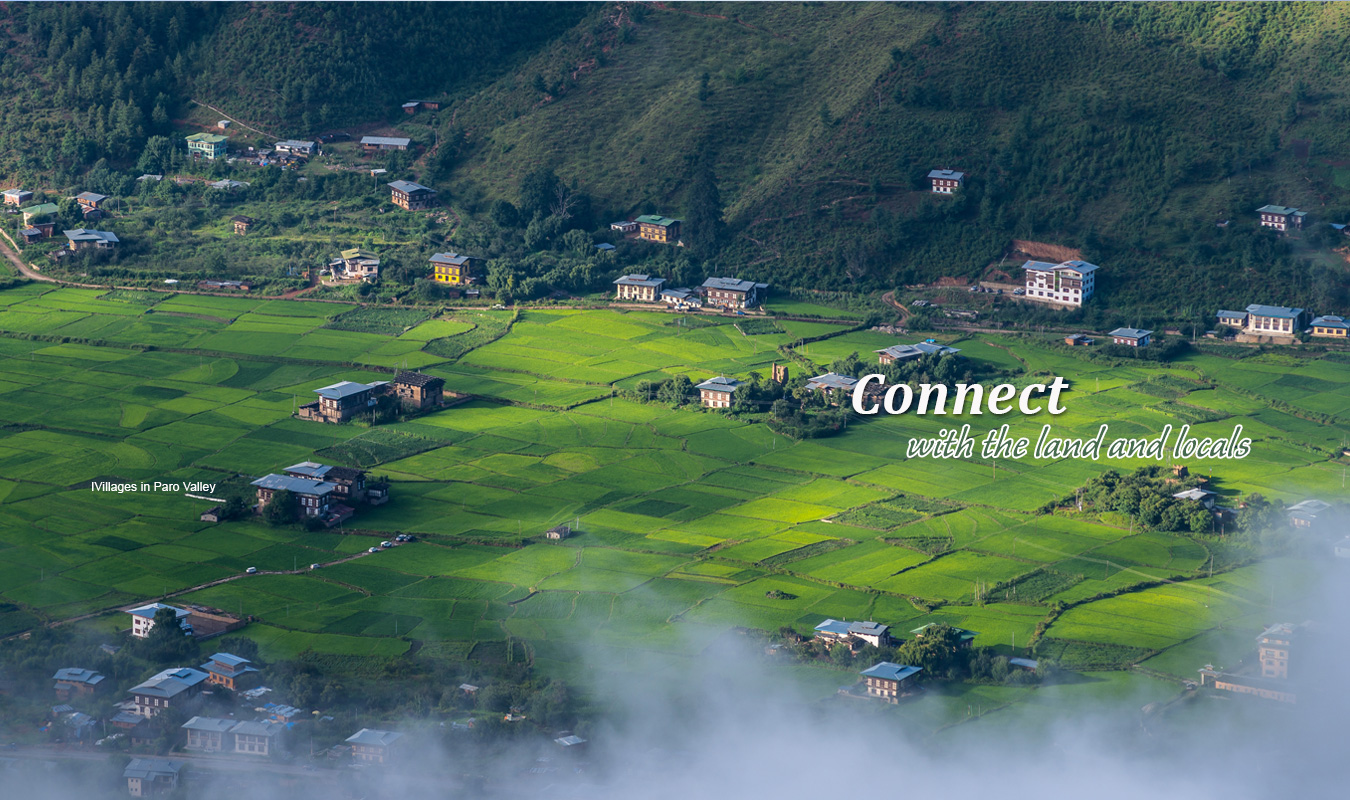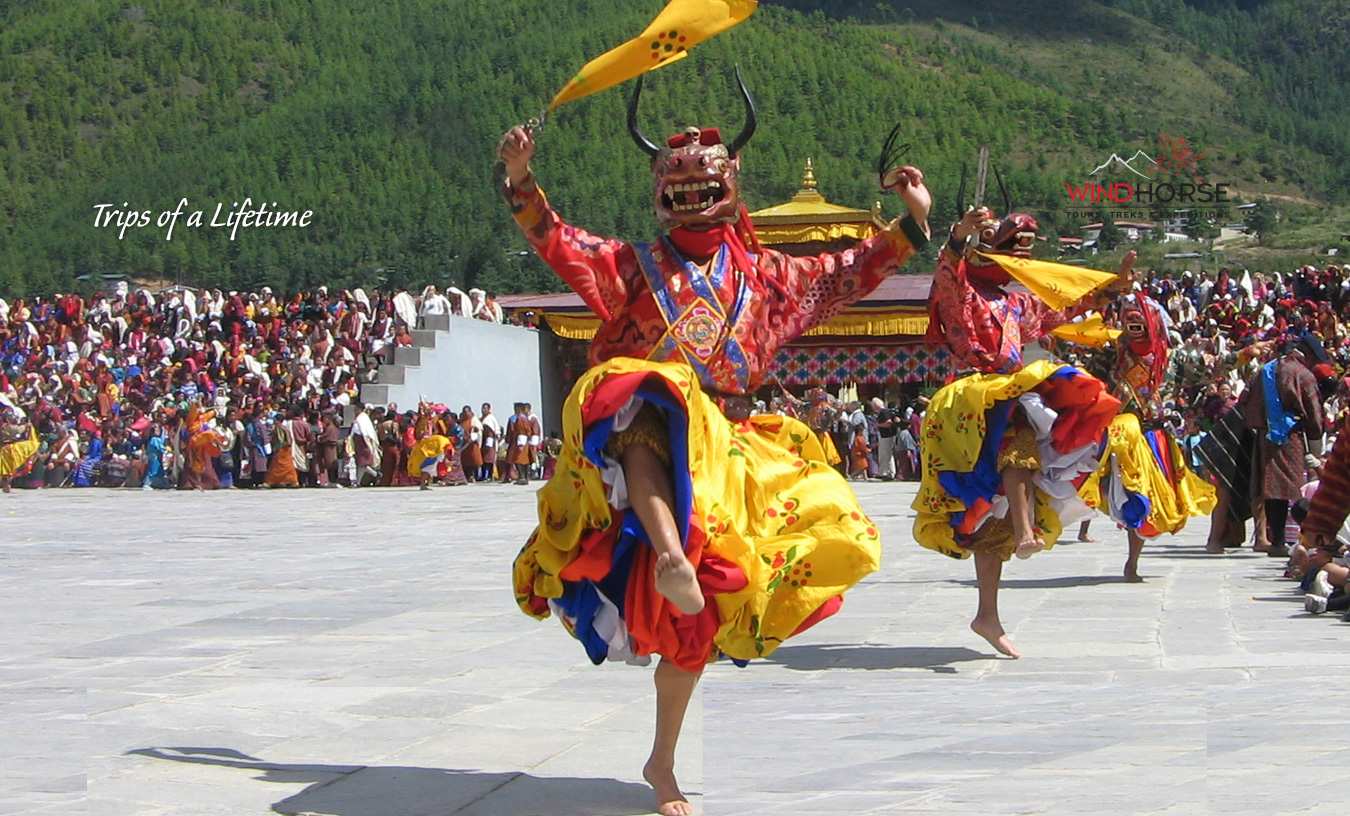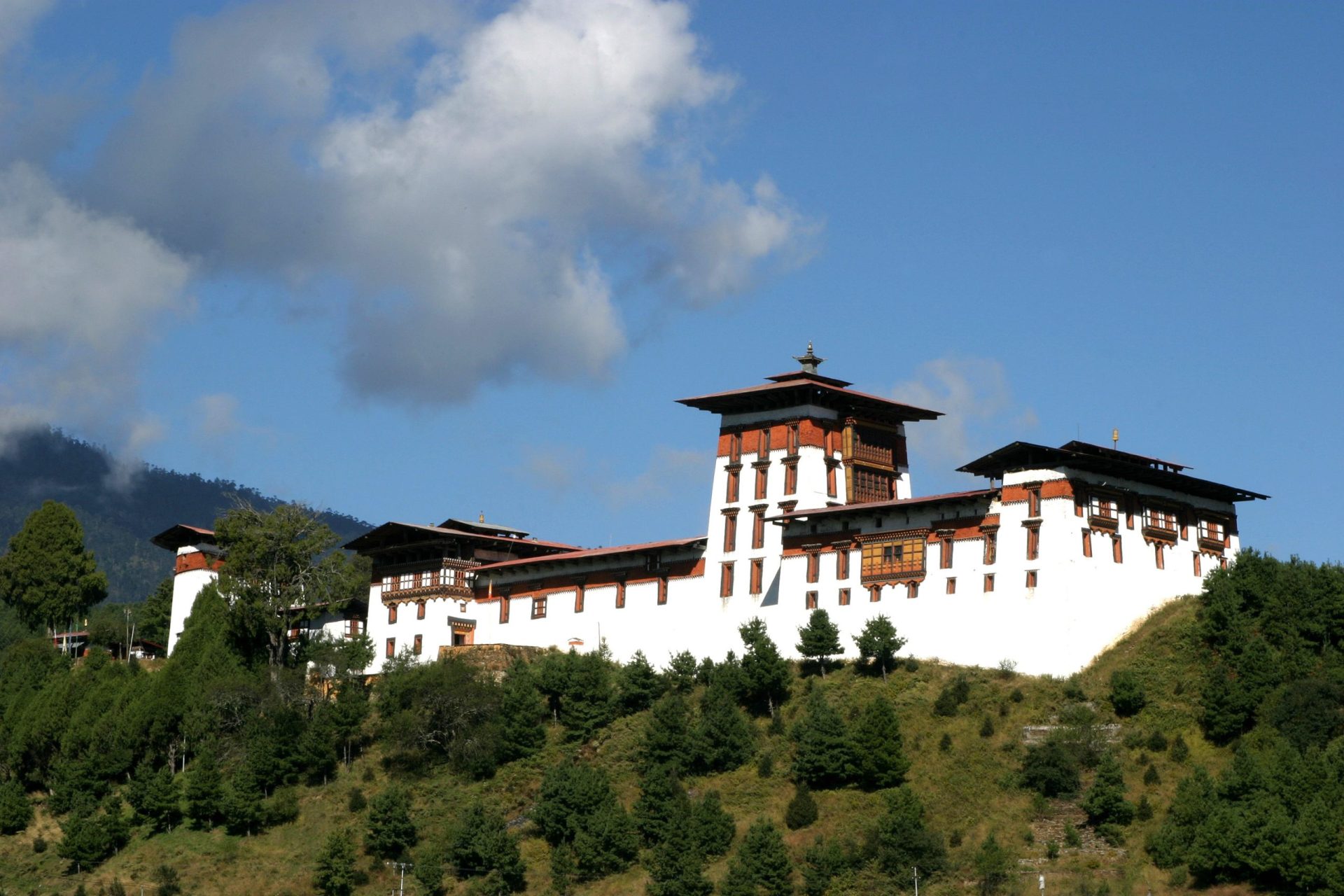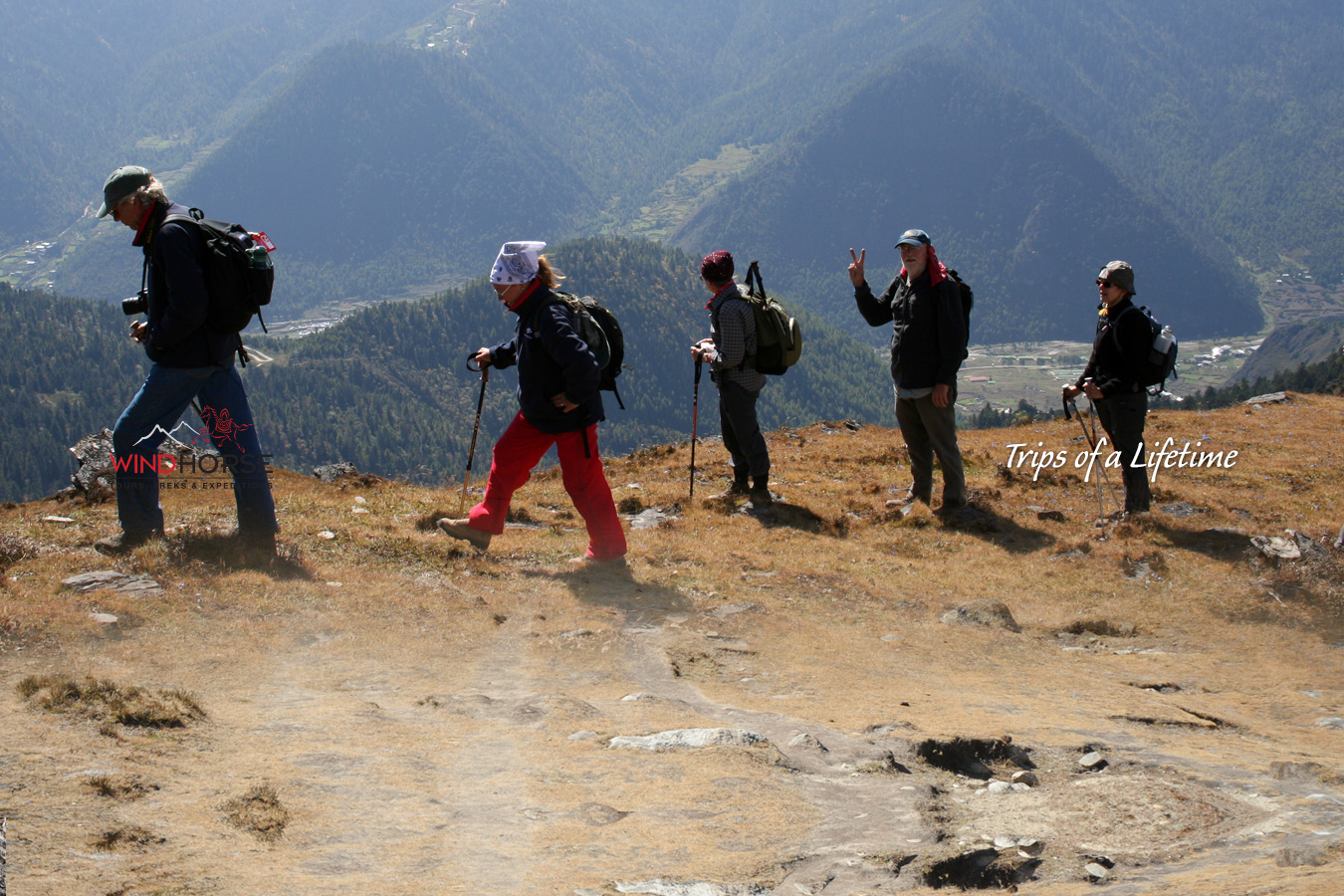Drukgyel Dzong || the Fortress of the Victorious Drukpa
Drukgyel Dzong, perched atop a ridge in Bhutan's upper Paro valley, stands as a magnificent and historically significant archaeological site. Its origins, shrouded in historical debate, are attributed by some to Zhabdrung Ngawang Namgyal in 1649, celebrating his victory over the Tibetan army. Others suggest it was constructed by Tenzin Drugda, the second Desi acting as Paro Penlop under Zhabdrung Ngawang Namgyal's guidance. Nevertheless, the consensus is clear – it was built to honor Bhutan's triumph over Tibetan and Mongolian forces, hence its name, Druk Gyal, signifying "the fortress of victory."
One of the four principal Dra Dzongs, Drukgyel Dzong played a crucial role in Bhutan's defense, strategically located near the Tibetan border and equipped with the nation's finest armory. Unlike other Dzongs, it was exclusively designed for defense, guarding against northern external threats.
This grand fortress included the central Utse tower with guardian deity shrines and the Shabkhor complex of rectangular buildings, ingeniously adapting to the hill's challenging terrain. High stone walls enclosed the inner Dzong, allowing access only through a heavily guarded entrance with cylindrical ta-dzong watchtowers. Historical records even hint at secret tunnels for water supply and troop movement.
Tragically, it succumbed to a devastating fire in 1951, ignited by a fallen butter lamp in the central tower during the final day of Bhutan's three-day annual prayers in the 10th month of the Bhutanese calendar.
Tragically, it succumbed to a devastating fire in 1951, ignited by a fallen butter lamp in the central tower during the final day of Bhutan's three-day annual prayers in the 10th month of the Bhutanese calendar.
Recognizing its profound cultural importance, restoration efforts commenced in 2016, with completion expected soon. This undertaking not only underscores Bhutan's commitment to preserving its heritage but also seeks to revitalize Drukgyel Dzong, ensuring its enduring historical and cultural significance for future generations.


 +1 612 869 4949
+1 612 869 4949